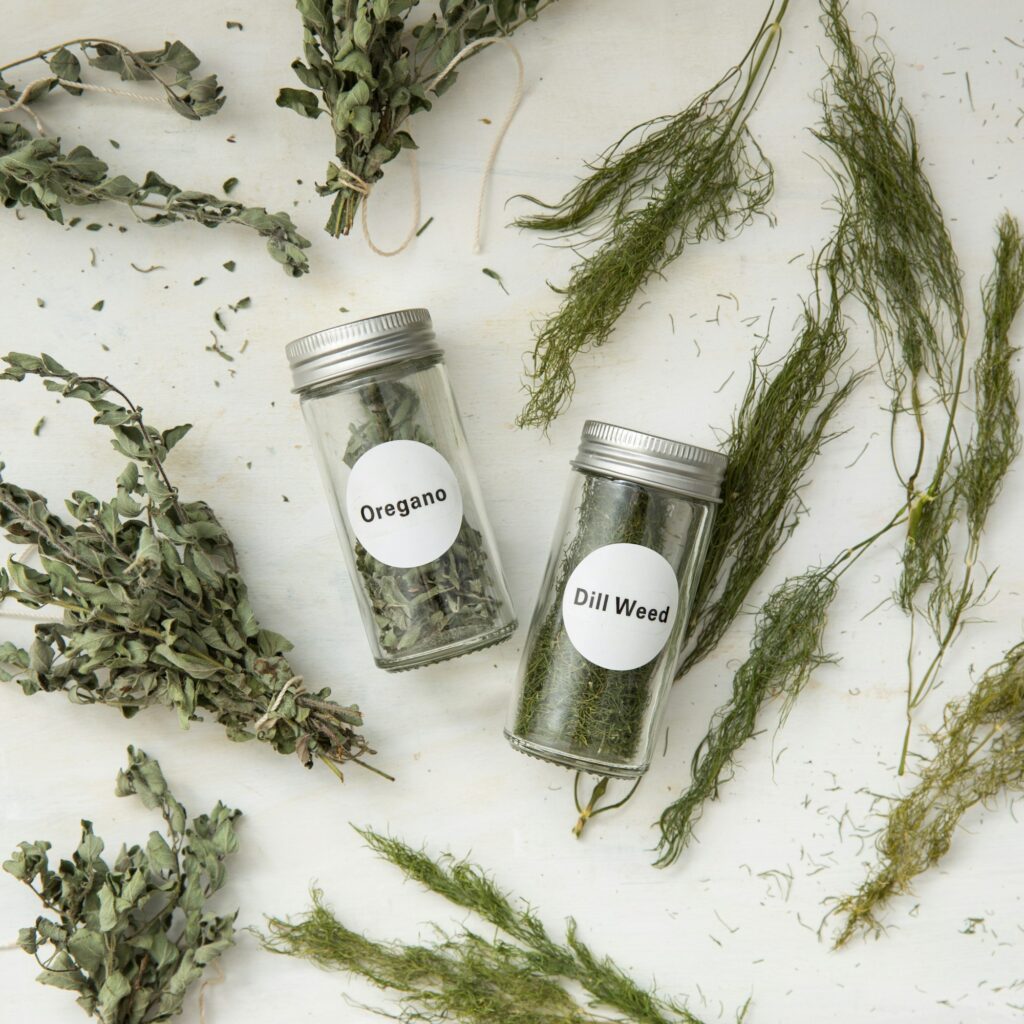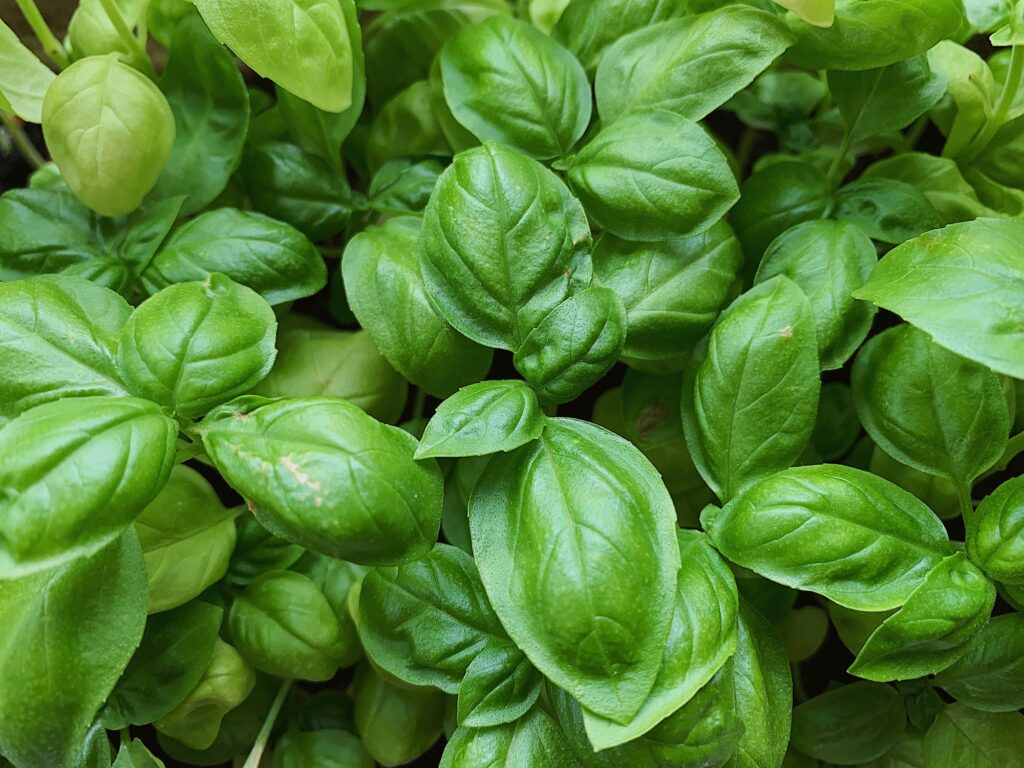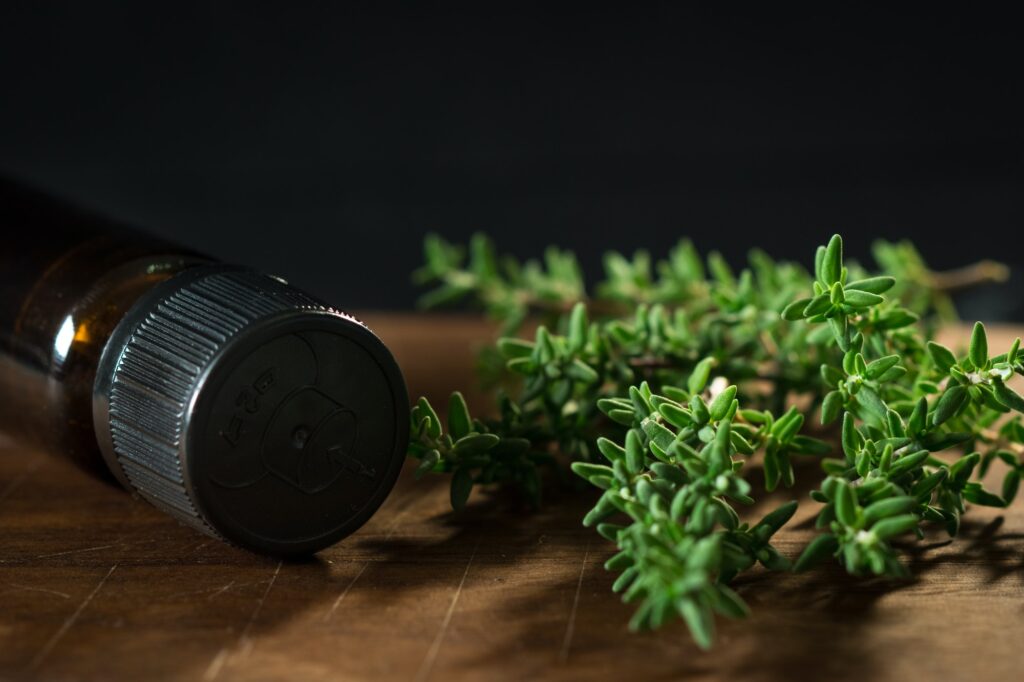Herbs can take your cooking from bland to vibrantly flavorful. Fresh or dried, herbs are an easy way to add interest to meals while boosting nutrition. Whether you’re keen to cook Italian, Indian, Mexican or Middle Eastern food, understanding how to use common herbs enables you to elevate home-cooked food.
This guide covers the herbs essential for every home cook. You’ll learn how to buy, store, and use each one, along with tips on popular herb combinations. By the end, you’ll have the know-how to start cooking herb-infused dishes your family and friends will love.
An Introduction to Cooking Herbs
Woody, floral, pungent or aromatic — herbs offer complexity to dishes. Chefs world over rely on herbs as cornerstone flavors. Learning to cook with herbs opens up many cuisines’ essential dishes to the home kitchen.
Herbs can transform the simplest of ingredients. Olive oil, lemon, and oregano turn into a Greek dressing. Cilantro and chilies spice up basic tacos. And basil and tomatoes sing together in everything from sauces to salads.
Fresh vs. Dried Herbs

Herbs pack the most flavor and nutrients when fresh. But dried herbs deliver an intensity and convenience fresh can’t match. Here’s a comparison:
- Fresh: Bright, nuanced flavor. Requires more quantity. Use soon after buying.
- Dried: Concentrated, sharp flavor. Use smaller amounts. Lasts months or years.
When using dried instead of fresh, reduce the amount to 1⁄3 of what the recipe calls for. Dried herbs rehydrate during cooking, so their flavor will strengthen. Start with less and add more towards the end to prevent overriding other flavors.
Tip: When buying dried herbs, choose whole leaves over ground. They’ll retain aroma and flavor longer.
Now let’s explore essential culinary herbs that no home kitchen should be without. We’ll cover buying, storing, prepping, and substitution ideas.
10 Essential Cooking Herbs
This section covers herbs useful across multiple cuisines. We’ll look at herbs popular in specific ethnic cooking styles later on.
1. Basil

Sweet basil is the most common variety. This tender leaf adds a distinctive, slightly peppery flavor. It’s the star of pesto, pairs perfectly with tomatoes, and makes itself at home atop pizzas and pastas.
Keep fresh basil stored in water at room temperature. Once leaves show signs of wilting, use immediately. To slow basil blackening, sprinkle with lemon or lime juice. Dried basil lacks the flavor punch of fresh, so adjust amounts accordingly. Popular substitutes include thyme, oregano, and marjoram.
2. Oregano

This small, fuzzy-leafed herb grows wild in the Mediterranean. Both fresh and dried oregano pack a punch with their woodsy, slightly bitter bite. Oregano shines in tomato sauces, Greek and Italian dishes. It also makes a flavorful addition to dressings, marinades and meat rubs.
Store fresh oregano wrapped in a damp paper towel in the refrigerator. It can also hang to dry extremely well. You can substitute marjoram or thyme.
3. Thyme

This tiny-leafed herb offers gentle notes of pine and lemon. Both the fresh and dried forms add light earthiness to soups, stews, stuffings, meat, fish and vegetable dishes.
Lemon thyme provides extra citrus flavors. Grow thymes in the garden, or store fresh sprigs in the refrigerator. Common substitutes are oregano, sage and marjoram.
4. Sage

Scalloped or smooth leaves impart warm, delicate mint and lemon flavors. Use sage with pork, poultry, stuffings, beans, tomatoes or butternut squash. Deep fry leaves as garnish for an extra flavor burst.
Store fresh sage wrapped in a damp paper towel in the refrigerator. Pineapple or orange sage provide fun fruit variations. Replace sage with thyme, marjoram or savory.
5. Rosemary
This pine-scented herb’s silver needles add gentle lemon and resinous flavors. It goes well with vegetables, meat, stuffings, beans, potatoes, breads and dressings. Use rosemary sprigs as skewers or stir sticks too.
Keep fresh rosemary stored in water at room temperature or wrapped in a damp paper towel in the refrigerator. Juniper berries substitute well, or use thyme or savory.
6. Mint
Over 15 varieties of this herb exist. Spearmint and peppermint lead in popularity, but flavors like orange, pineapple, or chocolate mint also add interest. Their lively, refreshing taste transforms fruit salads, lemonade, teas, desserts, chutneys, and lamb dishes.
Since mint aggressively spreads, it grows best in containers. Store fresh mint wrapped in a damp paper towel in the refrigerator. Substitute other mint varieties or basil.
7. Tarragon
This slender-leaf herb features hints of basil’s peppery bite mixed with a subtle anise flavor. Use tarragon with poultry, seafood, egg dishes, dressings, and sauces like bearnaise or tartar.
Wrap fresh tarragon in a paper-towel-lined plastic bag in the refrigerator. Replace with basil, chervil or dill.
8. Chives
Mild onion flavor comes from this grassy herb. Both the slender leaves and pretty purple flowers add gentle flavor to salads, soups, baked potatoes, omelets, or dips.
Keep fresh chives refrigerated in a small glass of water, or freeze chopped in ice cube trays for later use. Replace with green onion tops or leeks.
9. Cilantro/Coriander
The leaves are cilantro; the seeds coriander. Cilantro possesses a strong soapy bite relished in Mexican cooking. Coriander seeds lend warm, orange-y flavor to Indian and Middle Eastern dishes.
Wrap cilantro bunches in damp paper towels and refrigerate. Substitute parsley or culantro leaves. For coriander seeds, try cumin or caraway instead.
10. Parsley

Curly leaf parsley brightens many dishes’ flavor, though Italian flat leaf offers more depth. This fresh, grassy herb complements vegetables, grains, egg dishes, salads and sauces.
Soak parsley bundled in water; refrigerate with the stems in the glass. Substitute cilantro or chervil.
Those represent the 10 most versatile, multi-purpose herbs for cooking. As your repertoire expands, try more unusual herbs like shiso, epazote, lemon balm or lemon verbena.
Now let’s look at key herbs that define popular global cuisines.
Herbs in Italian Cooking
Italian food balances simplicity with big flavor. Herbs define many iconic Italian dishes:
- Basil – Essential to pesto and Caprese salad; also pasta sauce and pizza
- Oregano – Tomato sauce, pizza, roasted vegetables
- Parsley – Fresh salads, vegetable sides, sauce finisher
- Rosemary – Roasted meat and vegetables like potatoes or squash
- Thyme – Slow-braised meat or tomato ragu
- Sage – Pork and veal saltimbocca; rich sauce and stuffed pasta fillings
- Marjoram – Tomato sauce; also eggs, mushrooms and artichokes
- Fennel – Seafood stew or pork roast seasoning
- Bay Leaf – Long-simmered meat ragu or tomato sauce
Try making homemade pizzas with different herb combinations like basil and oregano or rosemary and caramelized onion. Or add chopped herbs like parsley, thyme and sage to basic breadcrumb stuffings.
Herbs in French Cooking
Fines Herbes defines the flavor base of French cuisine. This classic blend contains:
- Parsley
- Chives
- Tarragon
- Chervil
These delicate herbs suit creamy sauces, omelets, salad dressings, potatoes, mild white fish or chicken.
Other essential French herbs include:
- Thyme – Braises, stews, and roasted meats and vegetables
- Bay Leaves – Slow-cooked dishes like soups, lentils and beans
- Rosemary – Lamb, pork, and chicken
- Sage – Pork, duck fat and beans
- Savory – Beans and game birds like duck
Experiment with compound butters, and spreads enriched with French herb combinations. Softened butter whips with chopped herbs, lemon zest, or minced garlic for a quick flavor boost.
Herbs in Greek Cooking
Sun-drenched Mediterranean flavors depend on Greek herbs like:
- Oregano – Tomato salad, meat marinades, yogurt dips, roasted vegetables
- Dill – Tzatziki yogurt sauce, feta cheese spreads
- Parsley – Salads, dips like hummus, finishing sprinkle
- Mint – Salads, marinades and grilled meats
